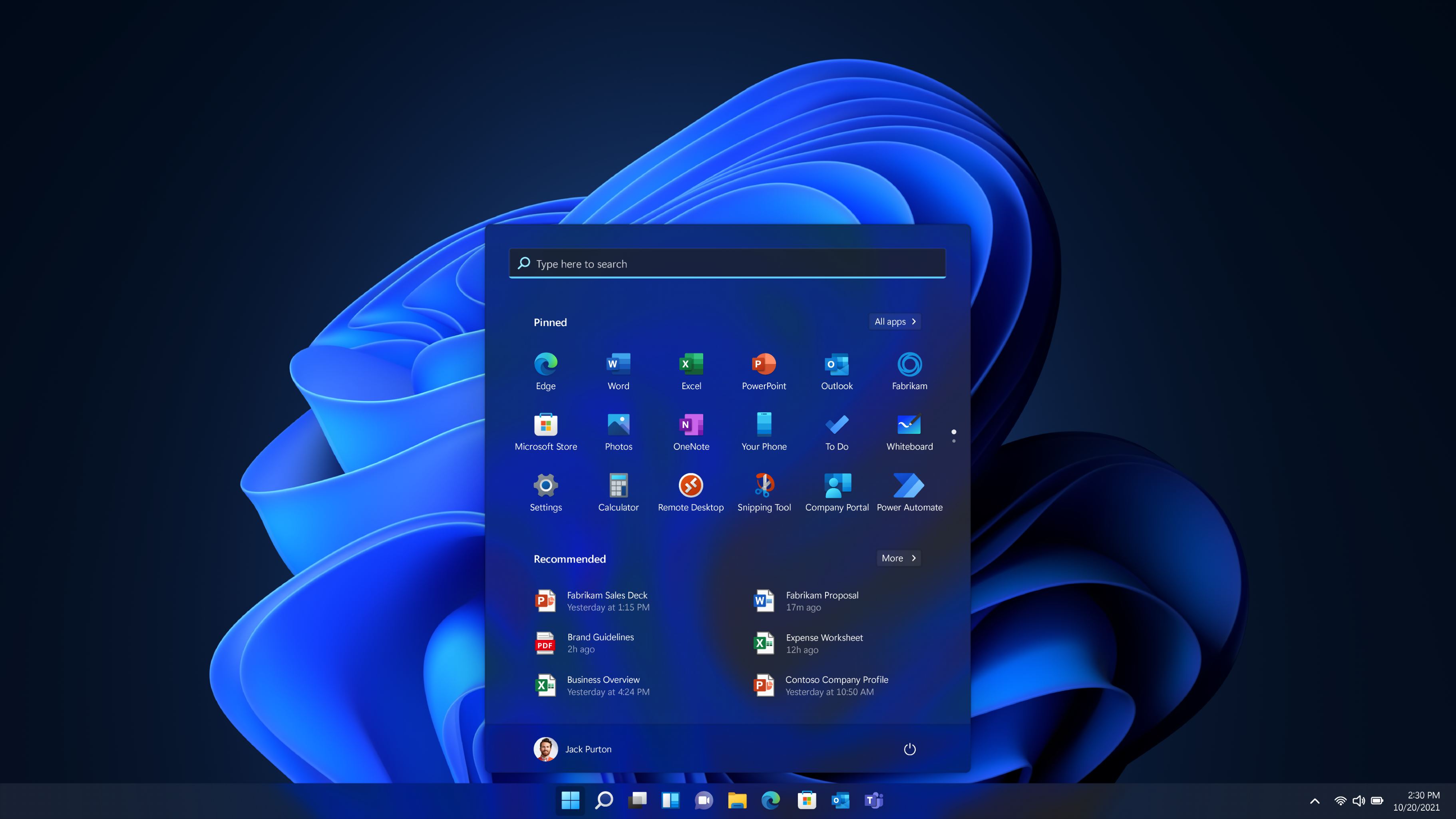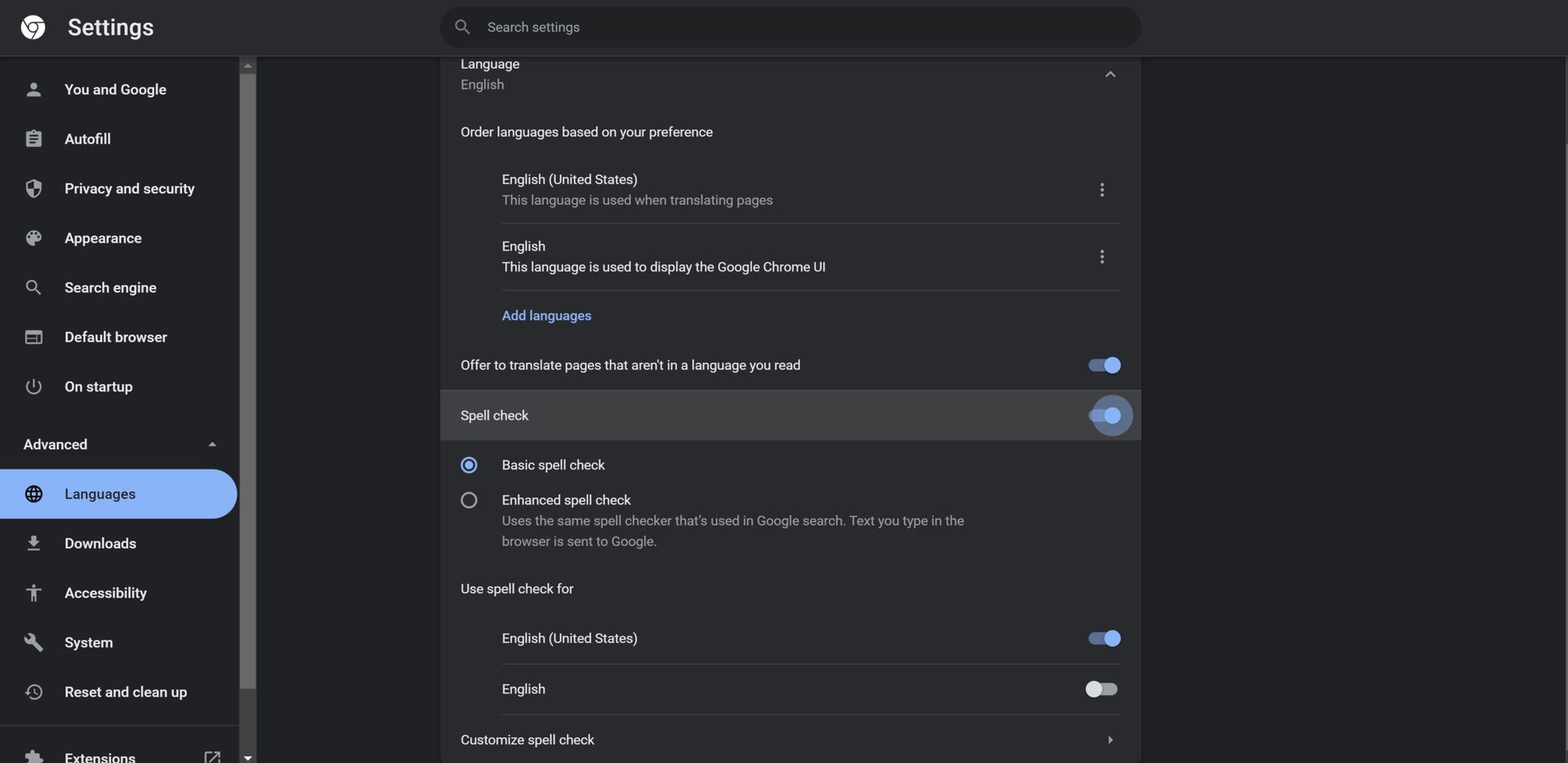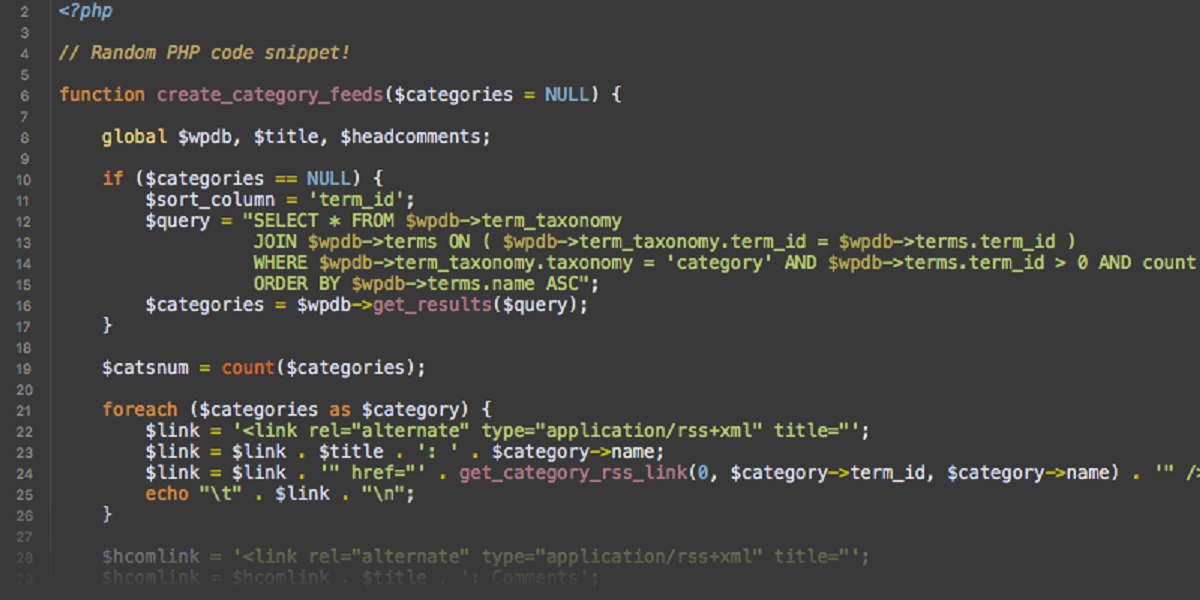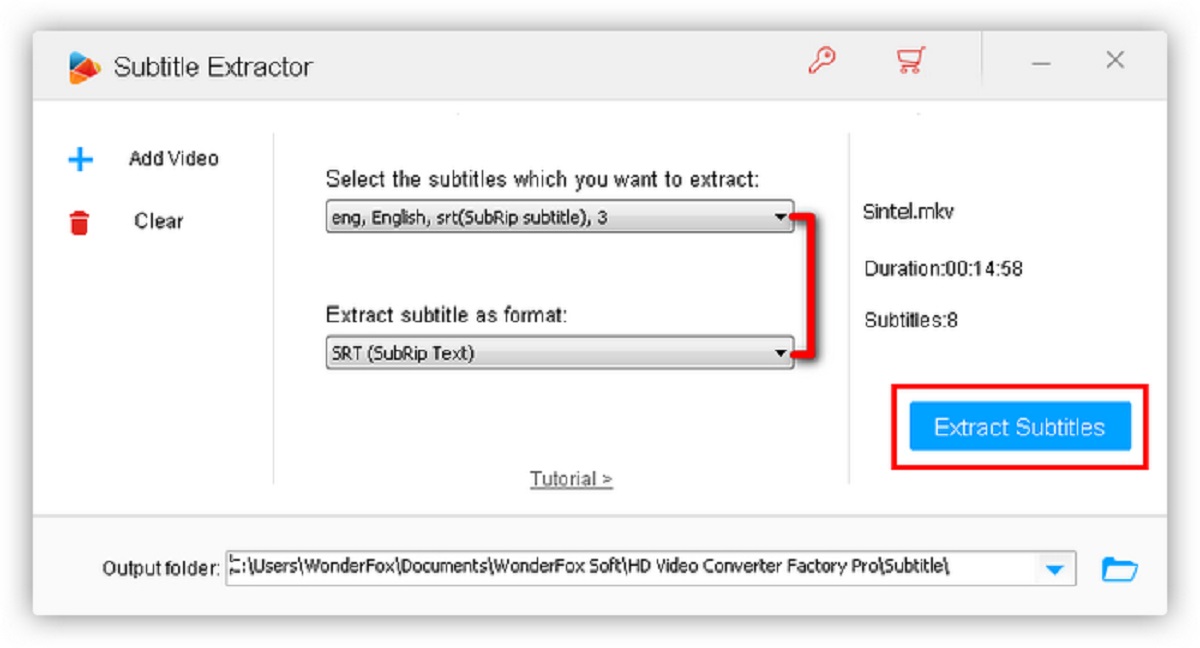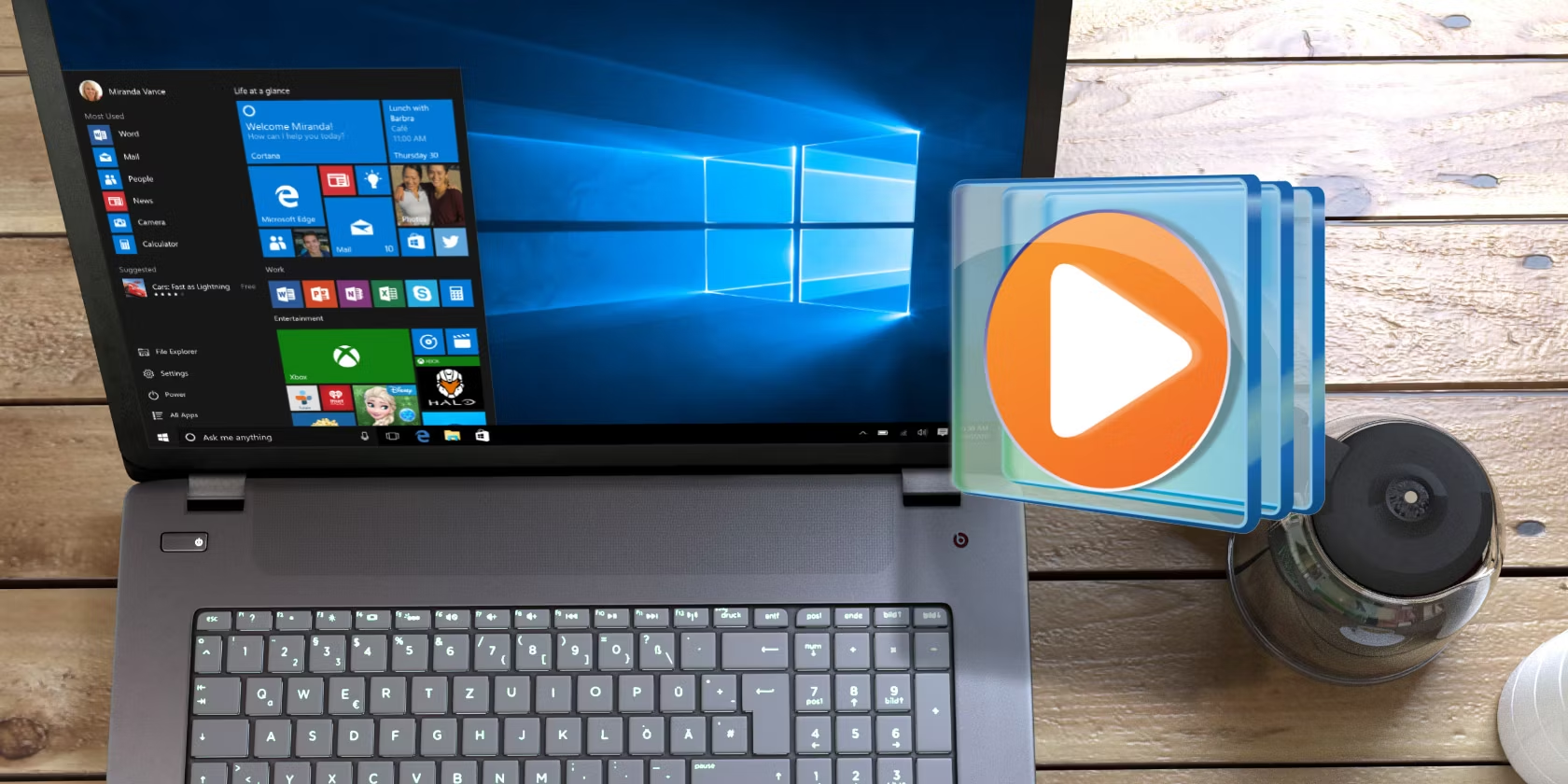Introduction
Windows, the ubiquitous operating system developed by Microsoft, is a complex piece of software that powers millions of devices worldwide. Have you ever wondered what language Windows is written in? In this article, we will delve into the various programming languages used in different components of the Windows operating system.
Developing an operating system like Windows is a monumental task that requires expertise in a variety of programming languages and technologies. Each component of the operating system serves a specific purpose and is implemented using the most suitable programming language for that task.
Understanding the programming languages behind Windows can provide insights into the complexity and diversity of the operating system. From the low-level kernel to the user interface and application development frameworks, various programming languages come together to create the powerful and versatile Windows operating system that we use every day.
In this article, we will explore the programming languages used in different layers of the Windows operating system, including the kernel, user interface, system services, file systems, device drivers, and application development. By the end of this article, you will have a better understanding of the diverse range of languages that contribute to the functionality and performance of Windows.
The Kernel: C and Assembly
The heart of the Windows operating system is its kernel, which is responsible for managing system resources and providing essential services to other components. The kernel is primarily written in the C programming language, known for its efficiency and low-level control over hardware resources.
C is considered the lingua franca of operating systems development due to its ability to directly access memory addresses, manage hardware interrupts, and interact with device drivers. It provides the necessary constructs for developing an operating system that can communicate effectively with hardware components.
In addition to C, assembly language is also used extensively in the development of the Windows kernel. Assembly language is a low-level programming language that is closely related to machine code. It allows developers to write instructions directly in a form that can be understood by the computer’s processor.
Assembly language is used in the kernel to perform critical tasks that require precise control over hardware resources and system operations. By utilizing assembly language, developers can optimize performance and ensure the efficient execution of low-level operations, such as context switching, interrupt handling, and memory management.
The combination of C and assembly language in the kernel allows for a balance between high-level abstractions and low-level control. C provides the flexibility and readability needed for managing system resources, while assembly language ensures efficient and precise execution of low-level operations.
Developers working on the Windows kernel must possess expertise in both C and assembly language to understand and modify the core functionalities of the operating system. Their knowledge of these languages enables them to optimize performance, improve stability, and introduce new features to the Windows kernel.
In the next section, we will explore the programming languages used in the development of the user interface of Windows, including C++, C#, and XAML.
The User Interface: C++, C#, and XAML
The user interface is the face of the Windows operating system, providing users with a visual and interactive experience. The development of the user interface in Windows involves a combination of programming languages, including C++, C#, and XAML.
C++ is used extensively in the development of Windows user interface components. It is a powerful language that offers low-level control and performance, making it well-suited for building efficient and responsive user interfaces. C++ allows developers to work with Windows APIs, create graphical elements, and handle user input effectively.
C#, a modern and object-oriented language, is also used in the development of the Windows user interface. C# is part of the .NET framework, which provides a rich set of libraries for building Windows applications. With its simplicity and productivity features, C# allows developers to create visually appealing and interactive user interfaces with ease.
XAML (eXtensible Application Markup Language) is a markup language used in conjunction with C# for designing the user interface in Windows applications. XAML allows developers to describe the layout, structure, and behavior of user interface elements declaratively, separating the design from the code. It provides a way to create complex and visually appealing user interfaces that can be easily customized and scaled.
The combination of C++, C#, and XAML offers a powerful and flexible approach to developing the user interface in Windows. C++ provides low-level control and performance, while C# and XAML enable developers to create visually appealing and interactive user interfaces with ease.
The use of these languages in the development of the Windows user interface enables developers to create intuitive and feature-rich applications. It allows for the seamless integration of user interaction, data presentation, and visual aesthetics, all contributing to a positive user experience.
In the next section, we will explore the programming languages used in the development of system services in the Windows operating system, primarily C++.
System Services: C++
The Windows operating system provides a wide range of system services that are crucial for the overall functionality and performance of the system. These services include process management, memory allocation, device management, and security, among others. The development of system services in Windows is primarily done using the C++ programming language.
C++ is the language of choice for system services due to its power, efficiency, and close integration with the underlying operating system. It allows developers to leverage low-level functionalities and directly access system resources, such as hardware devices and memory addresses.
Developing system services using C++ provides the flexibility to implement complex operations and optimize performance. The language’s support for object-oriented programming enables the creation of modular and extensible services, making it easier to maintain and enhance the system over time.
C++ also grants developers access to the Windows API (Application Programming Interface), which is a rich set of libraries and functions that expose various system services. These APIs enable developers to interact with the operating system and utilize its functionalities in their applications.
System services developed in C++ are often responsible for critical operations, such as managing system resources, handling system calls, and enforcing security policies. These services run in the background, ensuring the smooth execution of tasks and providing the necessary support for other components of the operating system and applications.
The use of C++ in the development of system services in Windows exemplifies the importance of performance, control, and close integration with the underlying operating system. C++ allows developers to create efficient and reliable services that contribute to the overall stability and functionality of the Windows operating system.
In the next section, we will explore the programming languages used in the development of file systems in Windows, which include C and C++.
File Systems: C and C++
File systems play a critical role in the organization and management of data in the Windows operating system. They are responsible for storing and retrieving files, managing file metadata, and ensuring data integrity. The development of file systems in Windows primarily involves the use of the C and C++ programming languages.
C, a procedural programming language, is widely used in file system development due to its low-level control and efficiency. It provides the necessary constructs for interacting with storage devices, managing file structures, and handling I/O operations. C allows developers to implement file system functionalities with direct access to memory and hardware resources.
C++ is also commonly used in file system development to leverage its object-oriented features and improve code organization. With C++, developers can create well-structured and modular file system components, making it easier to maintain and extend the functionality of the file system over time. Additionally, C++ offers performance optimizations and memory management capabilities that contribute to the overall reliability and speed of file system operations.
Together, C and C++ provide a powerful combination for developing efficient and robust file systems in Windows. The languages offer the necessary flexibility to handle various file operations, such as file creation, deletion, reading, and writing. They also enable developers to implement advanced features like file compression, encryption, and access control.
Developing file systems in C and C++ requires a deep understanding of storage devices, file structures, and I/O operations. Developers must carefully manage resources, handle errors, and ensure data integrity to create reliable file system implementations that meet the demands of modern computing.
The use of C and C++ in file system development reflects the need for low-level control, performance, and efficiency in managing data storage and retrieval in the Windows operating system.
In the next section, we will explore the programming languages used in the development of device drivers in Windows, primarily C and C++.
Device Drivers: C and C++
Device drivers are essential software components that facilitate communication between hardware devices and the operating system. They play a crucial role in enabling the operating system to interact with various hardware components, such as printers, graphics cards, and network adapters. The development of device drivers in Windows primarily involves the use of the C and C++ programming languages.
C and C++ are the languages of choice for device driver development due to their low-level control, efficiency, and direct access to hardware resources. These languages provide the necessary tools and libraries to interact with hardware devices, handle interrupts, and manage memory efficiently.
C is often used in device driver development to access hardware registers directly and perform low-level operations required for device communication. It allows for precise control over hardware resources and efficient handling of device data. C’s minimal runtime overhead and ability to manipulate memory directly make it suitable for device driver programming.
C++, with its object-oriented features, is also prevalent in device driver development. Using C++, developers can encapsulate device functionality within classes, improving code maintainability and extensibility. C++ also provides features like exception handling and template classes, enabling efficient and flexible device driver development.
Developing device drivers requires deep knowledge of hardware architecture, bus protocols, and system APIs. C and C++ allow developers to write code that effectively interacts with the hardware, handling device-specific requirements and ensuring compatibility with the operating system.
Device drivers developed in C and C++ are critical for maintaining stability, optimizing performance, and providing seamless hardware integration in the Windows operating system. From managing hardware interrupts to implementing efficient data transfer mechanisms, device drivers are responsible for enabling smooth communication between hardware devices and the rest of the system.
The use of C and C++ in device driver development reflects the need for low-level control, efficiency, and direct hardware access required to develop reliable and performant drivers in Windows.
In the next section, we will explore the programming languages used in application development in Windows, including C++, C#, and the .NET Framework.
Application Development: C++, C#, and .NET Framework
Application development is a crucial aspect of the Windows operating system, as it enables the creation of a wide range of software applications that run on the platform. The development of Windows applications involves the use of various programming languages, including C++, C#, and the .NET Framework.
C++ has been a popular choice for developing Windows applications for many years. It provides low-level control and high performance, making it suitable for applications that require efficient resource management and direct access to system-level functionalities. C++ allows developers to create robust and powerful applications that can leverage the full capabilities of the Windows operating system.
C#, on the other hand, is a modern, object-oriented language that is part of the .NET Framework. C# provides a high-level, easy-to-use programming environment for developing Windows applications. It offers a rich set of libraries and frameworks that simplify common development tasks, such as user interface design, data access, and networking. C# enables developers to rapidly build Windows applications with a focus on productivity and maintainability.
The .NET Framework is a comprehensive development platform that supports multiple programming languages, including C#. It provides a unified set of libraries, frameworks, and tools for building Windows applications. The .NET Framework offers features such as automatic memory management (garbage collection), a robust type system, and a rich set of APIs that simplify application development and enhance developer productivity.
Developing Windows applications using the .NET Framework allows for easy integration with other Microsoft technologies and services. It provides seamless interoperability with other components of the Windows operating system, such as the user interface, file system, and network capabilities. The .NET Framework also facilitates the development of web applications and services that can be deployed on the Windows platform.
The combination of C++, C#, and the .NET Framework offers developers a flexible and powerful toolkit for designing and building Windows applications. C++ provides low-level control and performance, while C# and the .NET Framework offer a higher-level, productive environment for rapid application development.
In the next section, we will summarize the programming languages discussed in this article and highlight the importance of their contributions to the Windows operating system.
Conclusion
In this article, we explored the programming languages used in different components of the Windows operating system. From the kernel to the user interface, system services, file systems, device drivers, and application development, a diverse range of programming languages come together to create the powerful and versatile Windows operating system that we use today.
The kernel, responsible for managing system resources, is primarily written in the C programming language, known for its efficiency and low-level control. Assembly language is also used extensively in the kernel to perform critical tasks that require precise control over hardware resources and system operations.
The development of the Windows user interface involves a combination of C++, C#, and XAML. C++ provides low-level control and performance, while C# and XAML allow for the creation of visually appealing and interactive user interfaces with ease.
System services, crucial for the overall functionality of the system, are primarily developed in C++. The language’s power, efficiency, and close integration with the operating system enable developers to create efficient and reliable services that support other components of the Windows operating system.
File systems, responsible for organizing and managing data, are developed using a combination of C and C++. These languages offer low-level control and performance, enabling developers to efficiently handle file operations and ensure data integrity.
Device drivers, essential for hardware communication, are primarily developed using C and C++. These languages provide low-level control, efficient hardware access, and the ability to interact with system resources.
Application development in Windows involves a mix of C++, C#, and the .NET Framework. C++ offers low-level control and high performance, while C# and the .NET Framework provide a higher-level, productive environment for rapid application development.
The combination of these programming languages and frameworks demonstrates the complexity and versatility of the Windows operating system. Each language plays a crucial role in its respective component, contributing to the overall functionality, performance, and user experience.
Understanding the programming languages behind Windows provides insights into the intricate architecture of the operating system and the expertise required to develop and maintain it. It highlights the importance of selecting the right language for each component to ensure efficiency, reliability, and compatibility with the hardware and software ecosystem.
As we continue to witness advancements in technology, the languages and frameworks used in Windows development are likely to evolve, embracing new paradigms, tools, and techniques. However, the core principles of efficiency, control, and integration will continue to shape the future of Windows programming.







